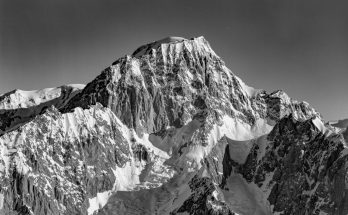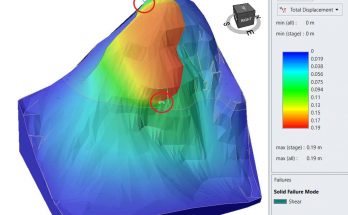Stephanie Jaquet
Supervisor: Prof. Michel Jayboyedoff
Experts: Dr. Marc-Henri Derron, Dr. Jane Carter
The purpose of this thesis is to study forest cover changes and degradation trends as well as to make risk assessments for selected study cases in Dolakha district, Central Nepal over the period 1979-2009.
The forest cover is an important issue in Nepal. It decreased for decades; however, since the Forest Act in 1993, Community Forests have been established in all districts in Nepal. Among other benefits, this change in the forest management is supposed to reduce the deforestation rate. Although the deforestation rate is still negative, -1.35 % annually (Petley, 2007), the present study shows a general increase of the forest cover in the area of study (Central Nepal). In 2009, forest covered about 46.3 % of the study areas compared to only 28 % in 1992. The study shows a clear increase of forest cover in gullies, formerly degraded areas, expanded forest areas and next to rivers. Community forests are essential for mountain populations as forests bring the communities income and reduce erosion. Where improved forest policies and rules are applied, better forest management has made visible improved changes in forest cover.
Risk has been assessed in three different areas with different types of landslides. In Thang
Thang (Suspa Village Development Committee (VDC)), there is a slow-moving landslide and potential debris flows. The risk is high in this area mainly due a high potential for debris flow partly caused by an uncemented irrigation canal. In case of heavy rainfall the debris flow will be a sudden event, which cannot be prevented and monitored like a landslide. In addition, poor forest management and lack of resources have made this village very vulnerable to all hazards. In Kothepole and Phedi (Suspa VDC), landslides which occurred in 1975 are nowadays covered by forests even if landslides are still slowly active. In Khariswara (Gairimudi VDC), a sudden large landslide occurred the 15th of September, 2010 during our field trip. Our risk assessment shows that risk depends mainly on distance to the scarp. Even though risk is high, the high education of the people of Khariswara and their good organization have reduced their exposure. Indeed, they were actively monitoring the landslide three times a day during the rainy season. The last case study is located in Eklebari (Bhirkot VDC) where there is a slow moving landslide, which is threatening mainly houses upslope without posing a great risk for people. A district road crosses the same landslide downslope and its more active parts are threatening the road. The road has already been blocked several times in the past decades and more recently for 14 days in 2010. The lack of proper maintenance is making the road even more susceptible to landslides as the steep slope is undercut. Finally, in the north of this landslide, there is a school which is threatened by debris flows, mitigation measures have been taken but they are not sufficient to protect school buildings.
Proper mitigation measures are difficult to undertake mainly because of the lack of resources. Gabion walls are the most commonly used method with drainages and bioengineering to mitigate roads. Thus forests are a good way to mitigate shallow landslides. This study shows how landslides and forests are linked. If forest degradation is considerable, erosion is more likely and slopes are more prone to landslides and gully erosion. Forests are important for stabilizing slopes and protecting infrastructures from rock falls. Furthermore, even though in some cases (i.e. deep-seated landslides) forests cannot help to reduce landslide hazard, it can at least provide people with fodder, timber and income.


